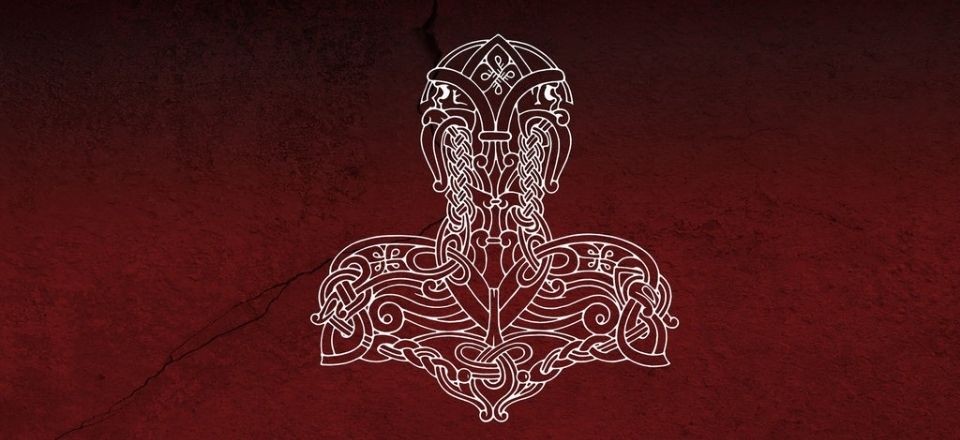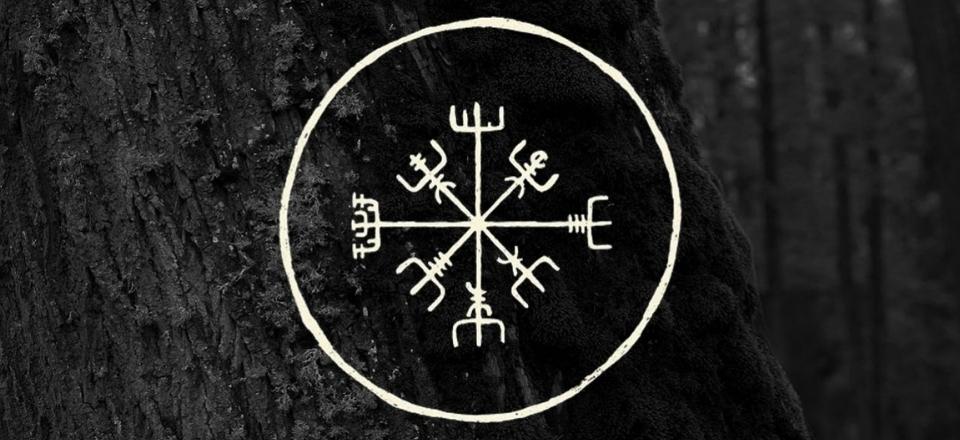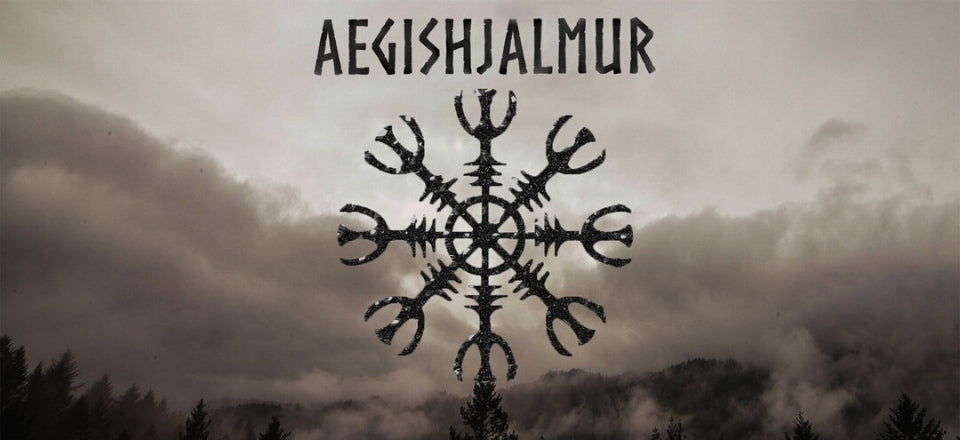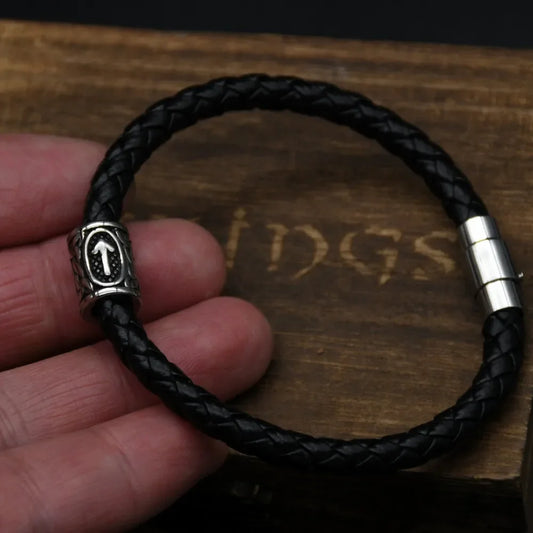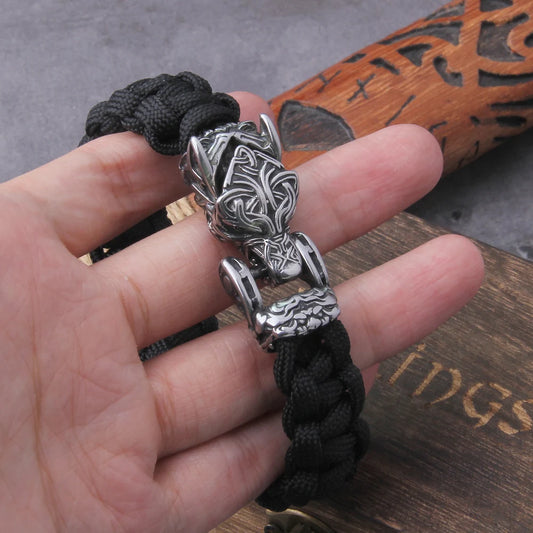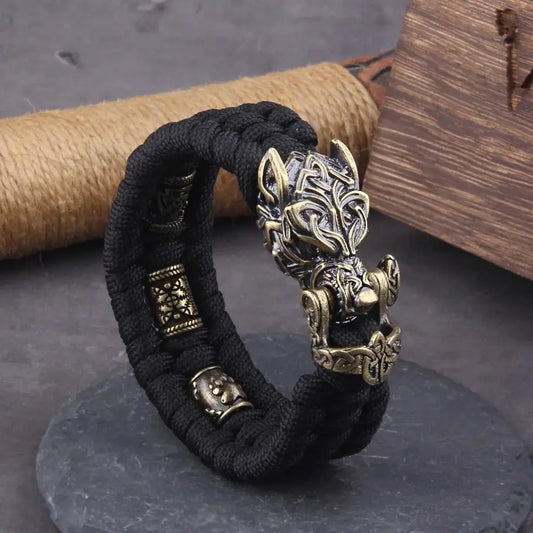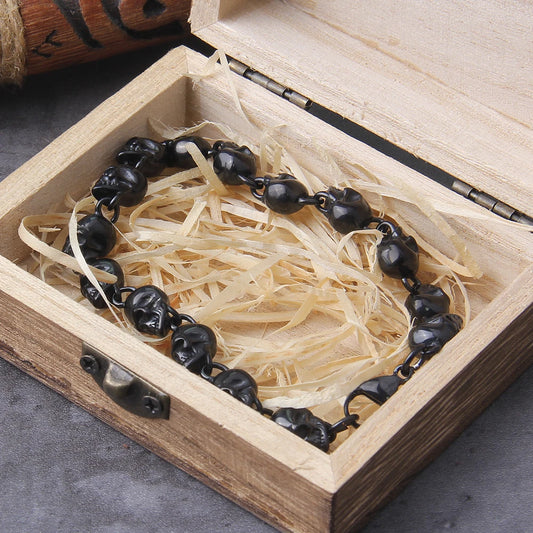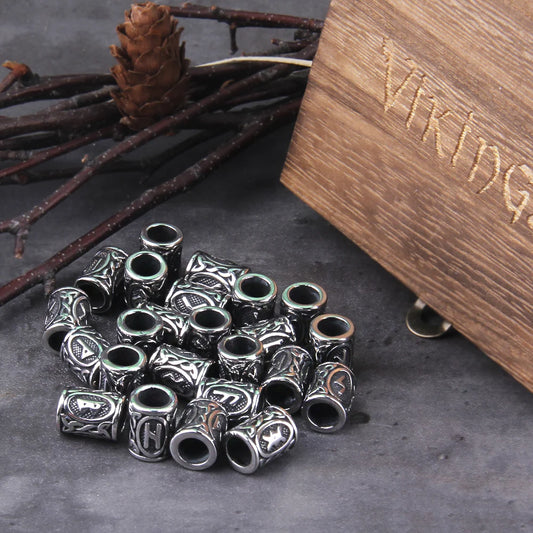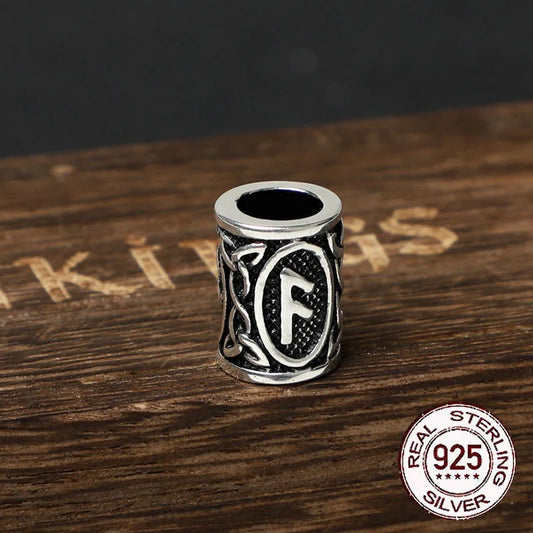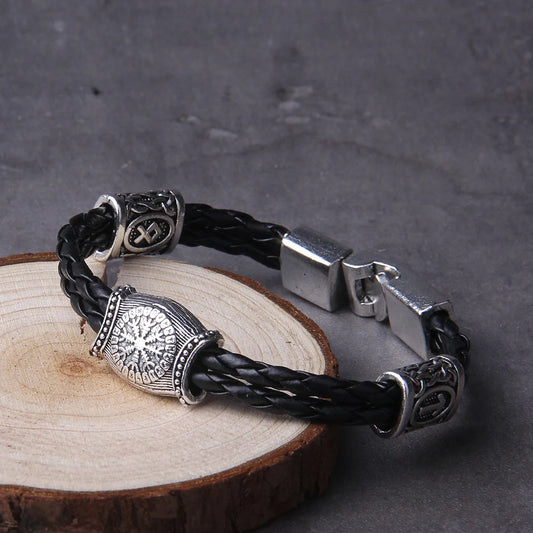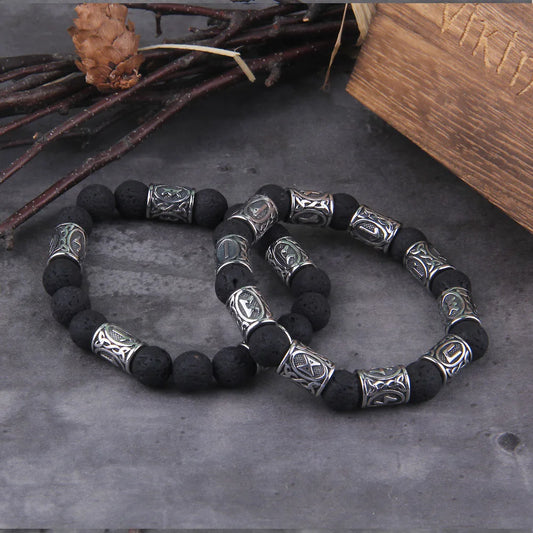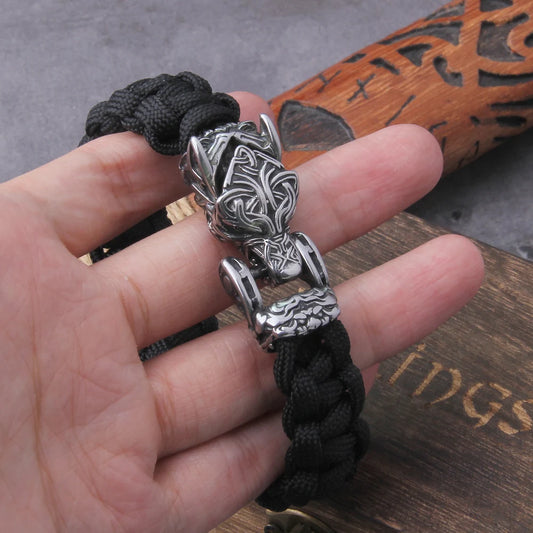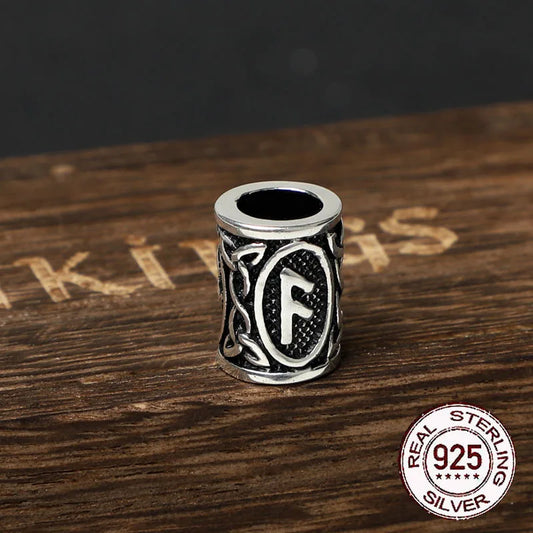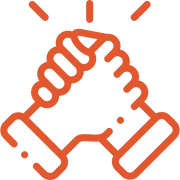The valknut, "knot of the slain" in Old Norse, from valr, "slain warriors" and knut, "knot", is a figure composed of three intertwined triangles. Although the age of its name is debated, it is an old symbol of Norse mythology that can mean several things.
In particular, it is linked to the god Odin evoking valour and death (in the sense of liberation of the soul) and the roots of Yggdrasil (in the sense of the interconnection of the nine worlds of the Nordic religion). It is thus connected to the symbolism of the three and the nine in Norse mythology.
Etymology of Valknut
The term valknut comes from Norwegian and is not attested in Old Norse. However, Hellers notes that the term existed as early as the eighteenth century to refer to both an S-shaped double knot and a geometric pattern used in tapestry, similar to the Bowen knot.
The visual appearance of these shapes is quite different from that of the present Valknut, so there is no certainty about the connection between them, although this tends to show that the term is not a recent invention and may indeed have an ancient origin.
The word is divided into two components: the first is the term for a knot in which a knot is made, and the second is the term for a knot in which a knot is made.
The word is divided into two compounds: val and knut. The latter does not pose any particular problem of interpretation and is generally recognized as coming from Old Norse knútr, "knot ".
The first, on the other hand, could be derived from several words: from val, "the choice", from valr, "the falcon" or its homonym meaning "one who has fallen in battle", from vala, "the phalanx" or from vǫlr, valr, designating a rounded stick.
Hellers considers it likely that, if it existed at all, the word *valknútr had the meaning "knot of those who fell in battle ". However, this interpretation is not unanimous, nor is the one that sees it as a heiti to designate the heart, or that sees it as a corruption of a hypothetical *valhnot, "nut".
Finally, val could refer to the Indo-European *wald, referring to "power", "sovereignty", "government", giving the Latin valor, our current "value ", as in the Breton Celtic Thule, Thual or Tudal, "valiant people ".
Valknut Symbol Archeological Finds
The valknut appears on a wide variety of objects found in the regions inhabited by the pre-Christian German-Scandinavians. It was observed as early as the 6th century in two distinct topological forms: unicursal (Tängelgarda stone) and tricursal (Lärbro stone).
It also appears on a ring found in the Nene River, an Anglo-Saxon gold finger dated to the same period, in England, and on the Oseberg boat, in Norway.
There are comparisons in the Eddas, with the heart of Hrungnir made of stone with three corners, as the carved symbol hrungnishjarta.
Finally, the valknut appears on two stones from Gotland: the stone from Stora Hammars I.
Contemporary uses of the Valknut Symbol
Valknut in Religion, arts and cultures
The symbol of the Valknut plays a role in contemporary paganism, especially in the resurgence of the ancient Nordic religion called Asatru (faith in the Aesir).
Many explanations and interpretations of the symbol are currently given, and it is regularly used as a tattoo.
The Valknut still appears as a fretboard inlay on some of Arch Enemy/Carcass guitarist Michael Amott's signatures on Dean Guitars' "Tyrant" models.
In Civilization VI, the Valknut is the national symbol of Norway which, in the game, is led by the figure of Harald Hardrada, representative of the Vikings.
Valknut Symbol in Logos, sports and business
In Sweden, the pulp and paper mill Svenska Cellulosa Aktiebolaget uses it as a logo on several of its products. It also appears on the logo of the American engineering firm RedViking. It is also a software program.
The DFB has also used a logo inspired by the unicursal shape of the Valknut for the German national soccer team since 1991.
Valknut Symbol in Politics, activism and ideology
The symbol, like many others (starting with the swastika or Hindu swastika, by the National Socialists) is used in certain Western nationalist movements, even white supremacists such as Wotanism, whereas the ancient German-Scandinavians were not concerned with such contemporary issues.
For these movements, the valknut symbolizes the warriors who died in battle and whose souls go to Valhalla.

